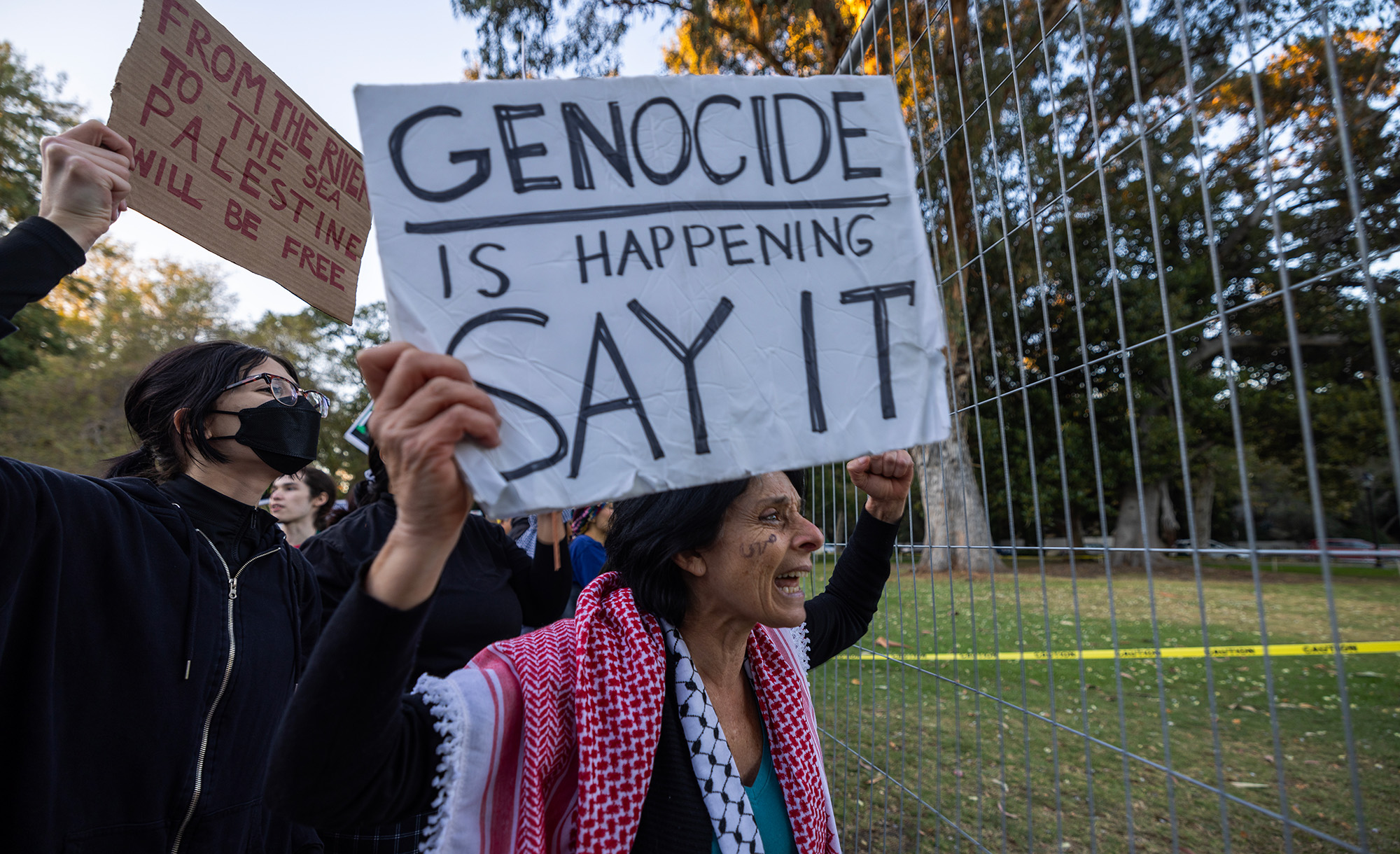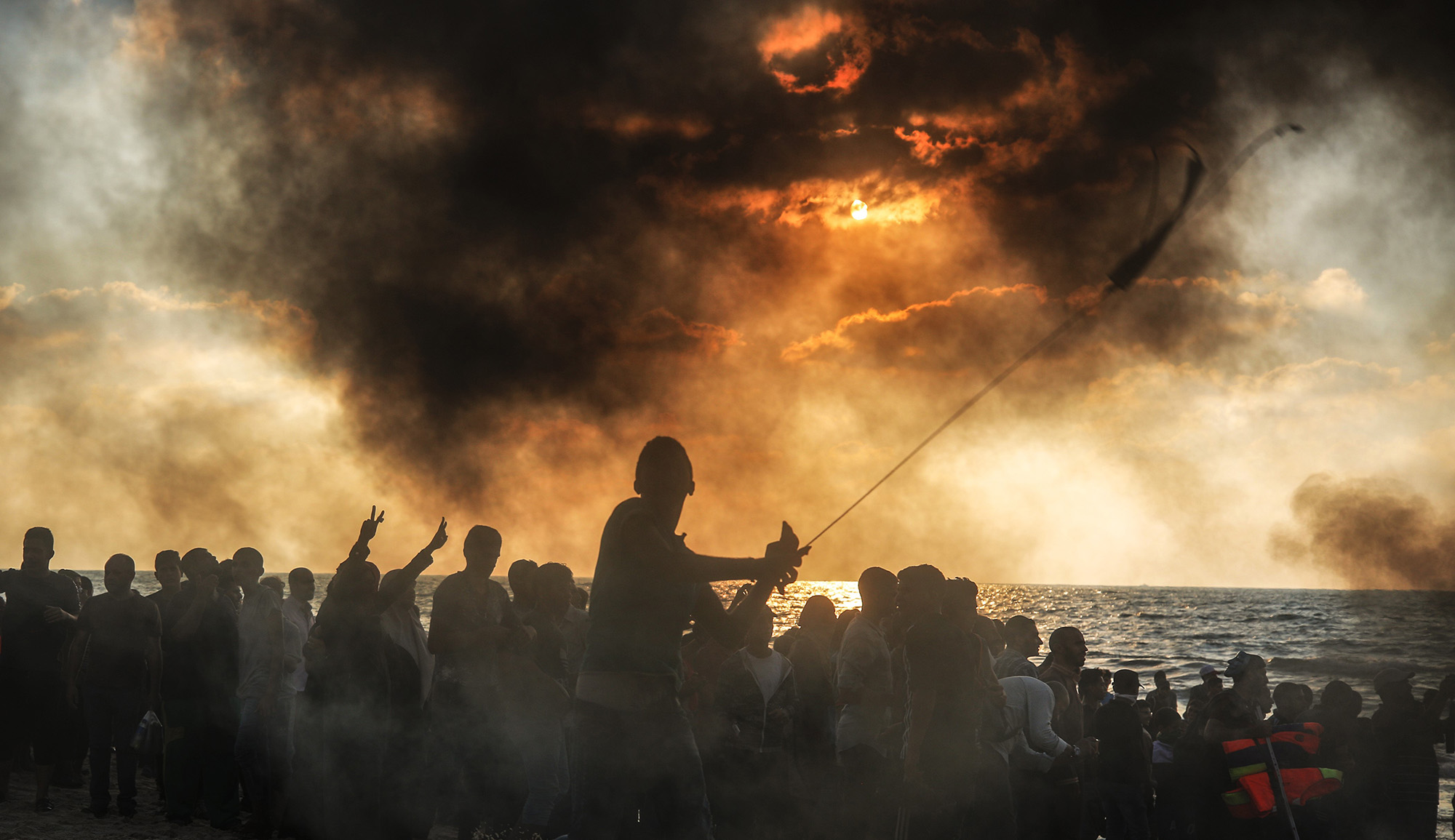One of Israel’s leading “new historians,” the Oxford professor Avi Shlaim has spent most of his career writing tendentious books arguing that the Jewish state was created in cruelty and colonialism. He has also frequently denounced Israel’s contemporary policies. In his most recent work, Three Worlds: Memoirs of an Arab-Jew, he describes his idyllic childhood in a wealthy Jewish household in Baghdad, and the trauma of moving to Israel. Benny Morris, a fellow new historian, writes in his review:
[Shlaim] interweaves his personal story (until the age of twenty) with the history of Iraq and the Arab-Israeli conflict. His personal story is moving, and it is told with atypical, engrossing candor. . . . Shlaim writes that he has placed his family’s story “within the broader context . . . [of] the history of the Jewish community in Iraq.” Indeed, at various points in Three Worlds he seems to say that he is relating the story of all the Arab world’s Jewish communities, not just Baghdad’s or Iraq’s.
But he isn’t. Three Worlds tells the story only of a wafer-thin layer of rich Baghdadi Jewish families. There is almost nothing in the book about the majority of Baghdad’s 80,000-100,000-strong Jewish population, the middle or lower-middle classes and the poor. And it tells us nothing at all about the tens of thousands of Jews who lived in the Iraqi hinterland, especially in the Kurdish north.
How did Iraq’s Jews fare? In a gross understatement, Shlaim concedes that “the status of the Jews of Islam could be contentious at times.” He hardly mentions the bloody pogroms, the bouts of oppression, and the permanent subordinate status and humiliation of the Jewish communities that lived between Morocco and Persia in the fourteen centuries since the rise of Islam.
While it does appear that the Jews of Mesopotamia fared better than most of their sister communities, Shlaim exaggerates to the point of distortion: “Iraq was a land of pluralism and coexistence.” . . . In 1333 and 1344 Baghdad’s synagogues were destroyed. By the 15th century, almost no Jews remained in the city. . . . Eli Amir, an Iraqi Israeli writer of Shlaim’s generation, has described how Muslim children regularly beat and chased him and his friends down Baghdad’s alleyways as they made their way home from school.
More about: Anti-Semitism, Anti-Zionism, Iraqi Jewry, New historians


